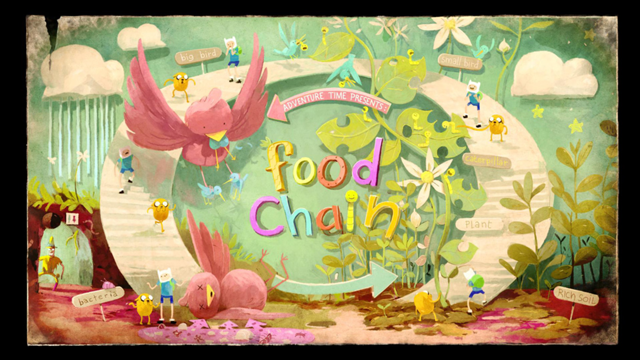
Let’s try to get eaten!
Whelp, they look like they’re having fun.
Masaaki Yuasa has some thoughts to share about what makes learning fun, even when it has a gross, bitter taste, in season 6, episode 7 of the animated series Adventure Time.

Whelp, they look like they’re having fun.
Masaaki Yuasa has some thoughts to share about what makes learning fun, even when it has a gross, bitter taste, in season 6, episode 7 of the animated series Adventure Time.
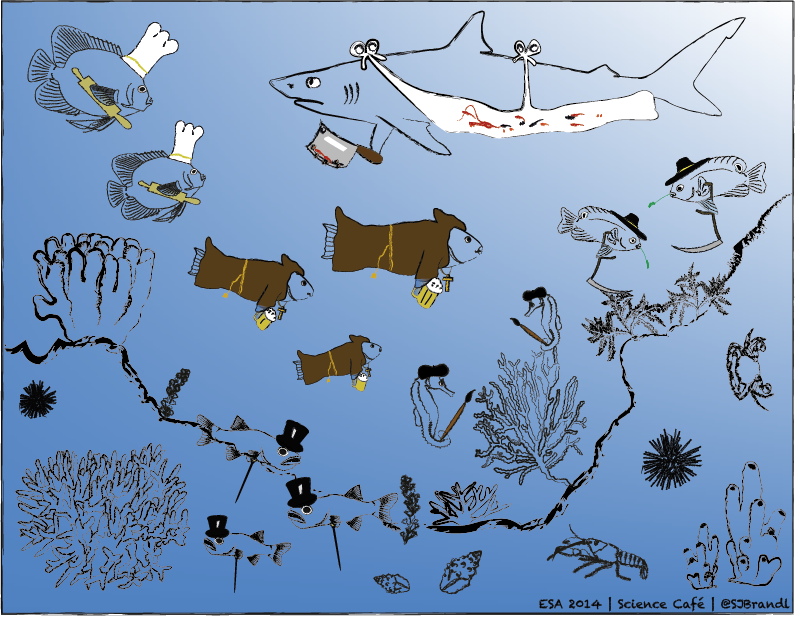
We asked science café aspirants for creativity and Simon Brandl brought it with his analogy of division of labor in a coral reef community, where butcher-sharks course among the brewers, bakers, and aristocrats of the reef. Brandl shares the 2014 ESA Science Café Prize with co-winner Madhusudan Katti. He is a PhD candidate at the ARC Centre of Excellence for…
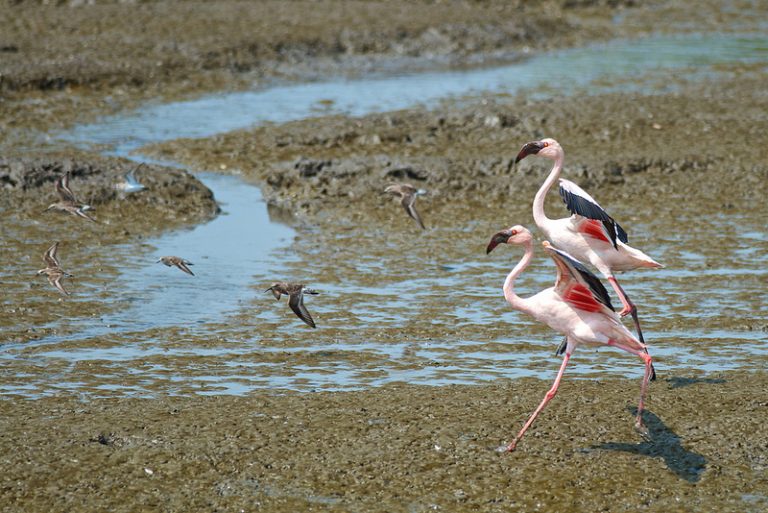
Madhusudan Katti won this year’s ESA Science Café Prize with his lyric contemplation of the wildlife living alongside us in urban spaces, and the necessary participation of cities in the future of biodiversity on planet earth. Katti is a professor at California State University Fresno and records occasional radio essays for Valley Public Radio. He tweets prolifically as @leafwarbler and…
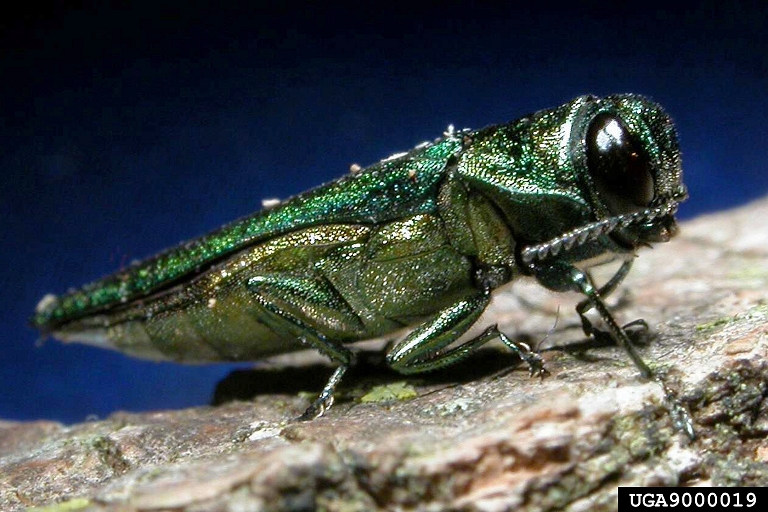
Risk analysis finds savings for homeowners and local governments of excluding invasive pests like the emerald ash borer outweigh added cost to imported goods.
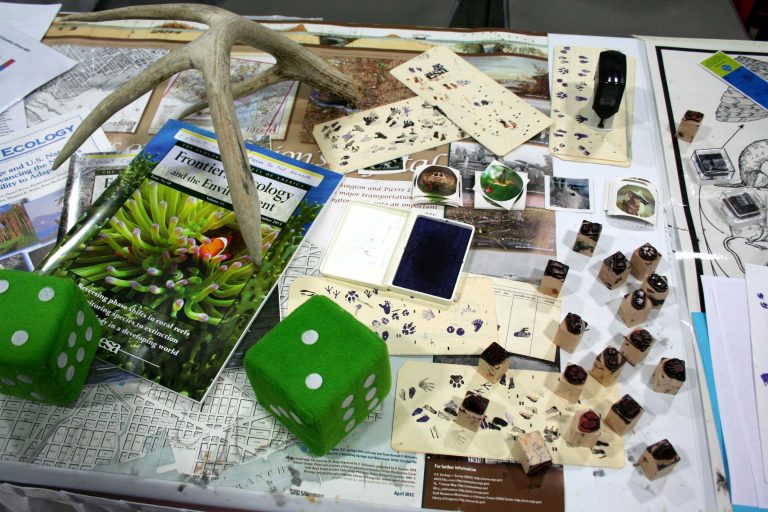
ESA went to the USA Science & Engineering Festival on the weekend of April 26-27 to talk about ecology with some of the 325,000 people who attended. Special thanks to University of Maryland ecologists David Inouye (ESA’s president-in-waiting) and Ben Bond-Lamberty for coming down to the Washington DC convention center for the event. At our booth we had a terrarium…
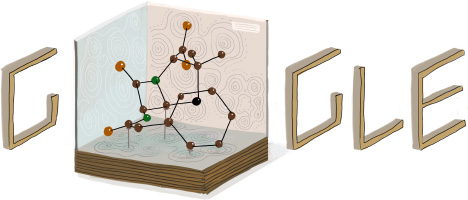
Today’s Google doodle celebrates Dorothy Hodgkin, neé Crowfoot, a founder of protein crystallography who famously solved the 3-dimentional molecular structure of of the protein hormone insulin in 1969. The project took 35 years. She won the Nobel Prize in Chemistry in 1964 for her structure of vitamin B12. The doodle depicts Hodgkin’s 1945 model of penicillin. She used a Hollerith…
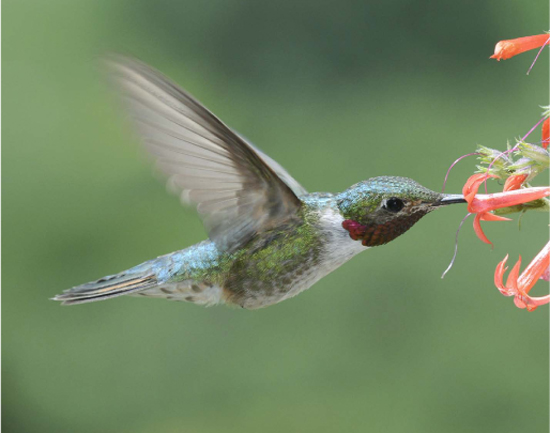
Third US National Climate Assessment released today.
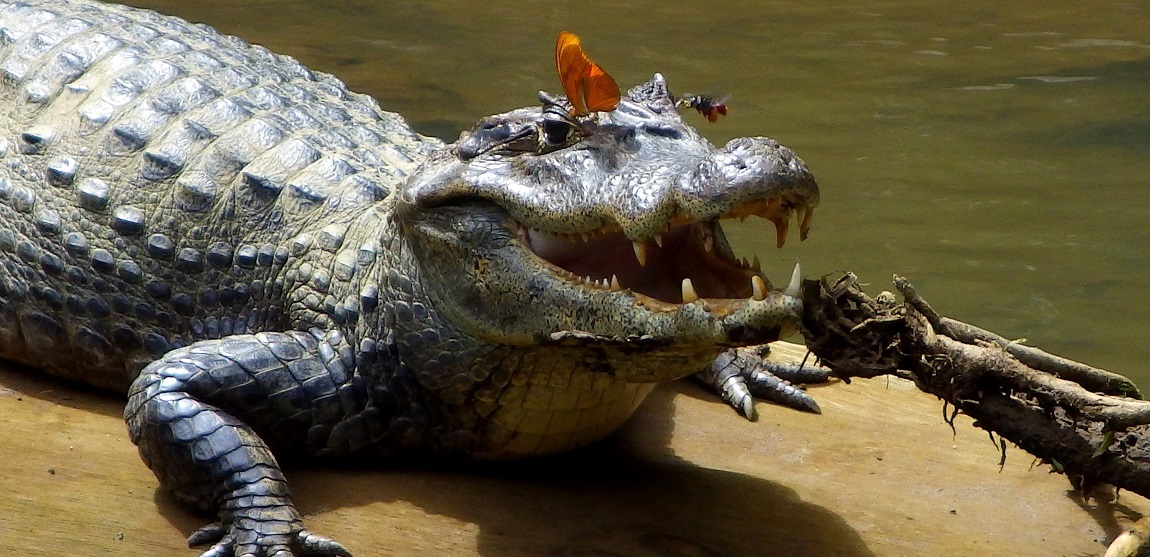
A Julia butterfly (Dryas iulia) and a solitary bee (Centris sp.) sip tears from the eyes of spectacled caiman (Caiman crocodilus) on Costa Rica’s Puerto Viejo River. Credit, Carlos de la Rosa
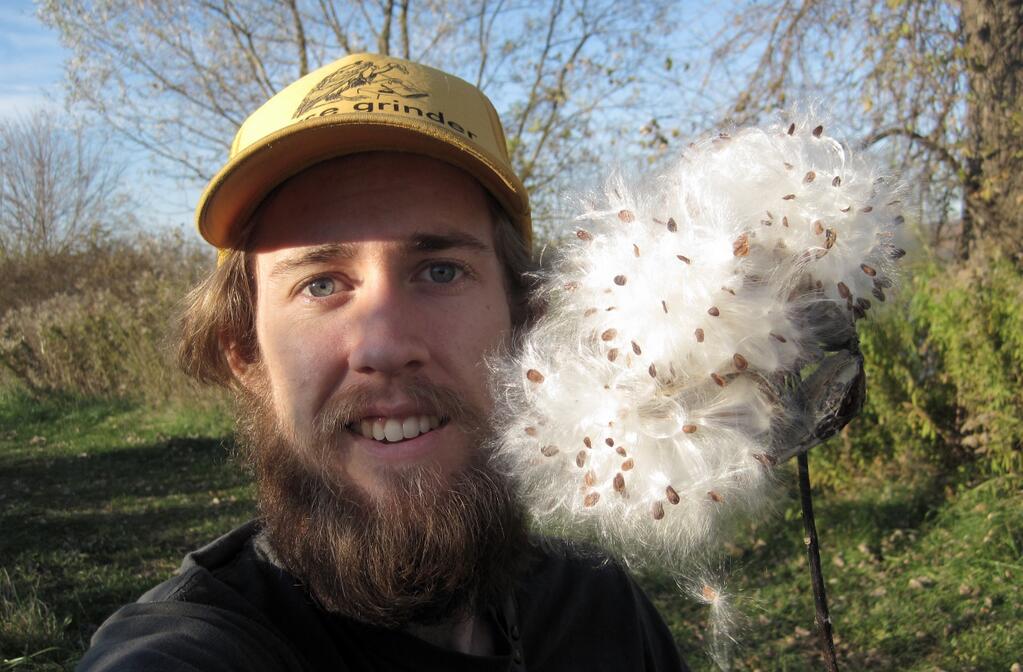
Me and milkweed fruit – my #NatureSelfie for #EarthDay. Nash Turley, a naturalist, photographer, musician, and PhD student in evolutionary ecology at the University of Toronto, snapped this shot in Ithaca, NY, in 2011. He tweeted, “Everyday is Earth Day; the fact that the calendar says today is ‘Earth Day’ doesn’t really mean anything to me. Sort of like how aboriginal cultures don’t have a word for ‘nature’ because they didn’t see themselves as separate from nature….the fact that we have a day for the Earth shows how disconnected modern societies are from ‘nature’.”
Earth Day started as a grassroots protest movement in 1970 and has solidified into an annual event. What does Earth Day mean in 2014?
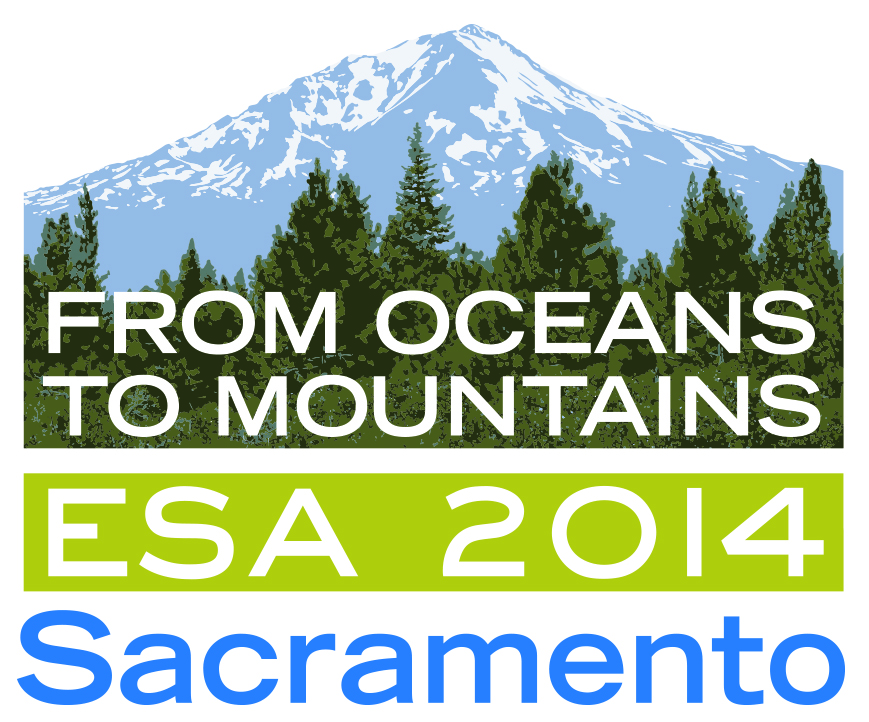
Have a science story you want to tell? Send in your pitch for our public pub talk at the Ecological Society’s 99th Annual Meeting this summer. Contest deadline: Friday, 30 May 2014.
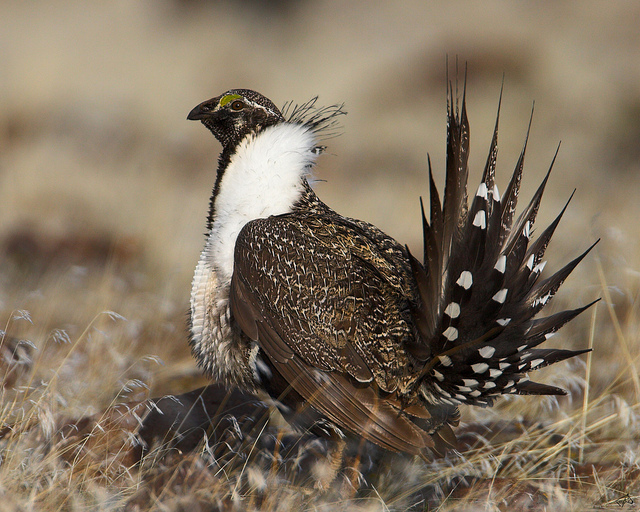
Like gyms or bars, lekking grounds are social performance spaces, where males spread their tail-feathers, inflate their impressive chests, and strut about, calling amorously to the lady birds. Ecologist Gail Patricelli of UC Davis captured this video of a lek near Hudson, Wyoming. US Fish and Wildlife Service named the grouse’s habitat, the Great Plains sage-steppe, one of the most imperiled ecosystems in America.
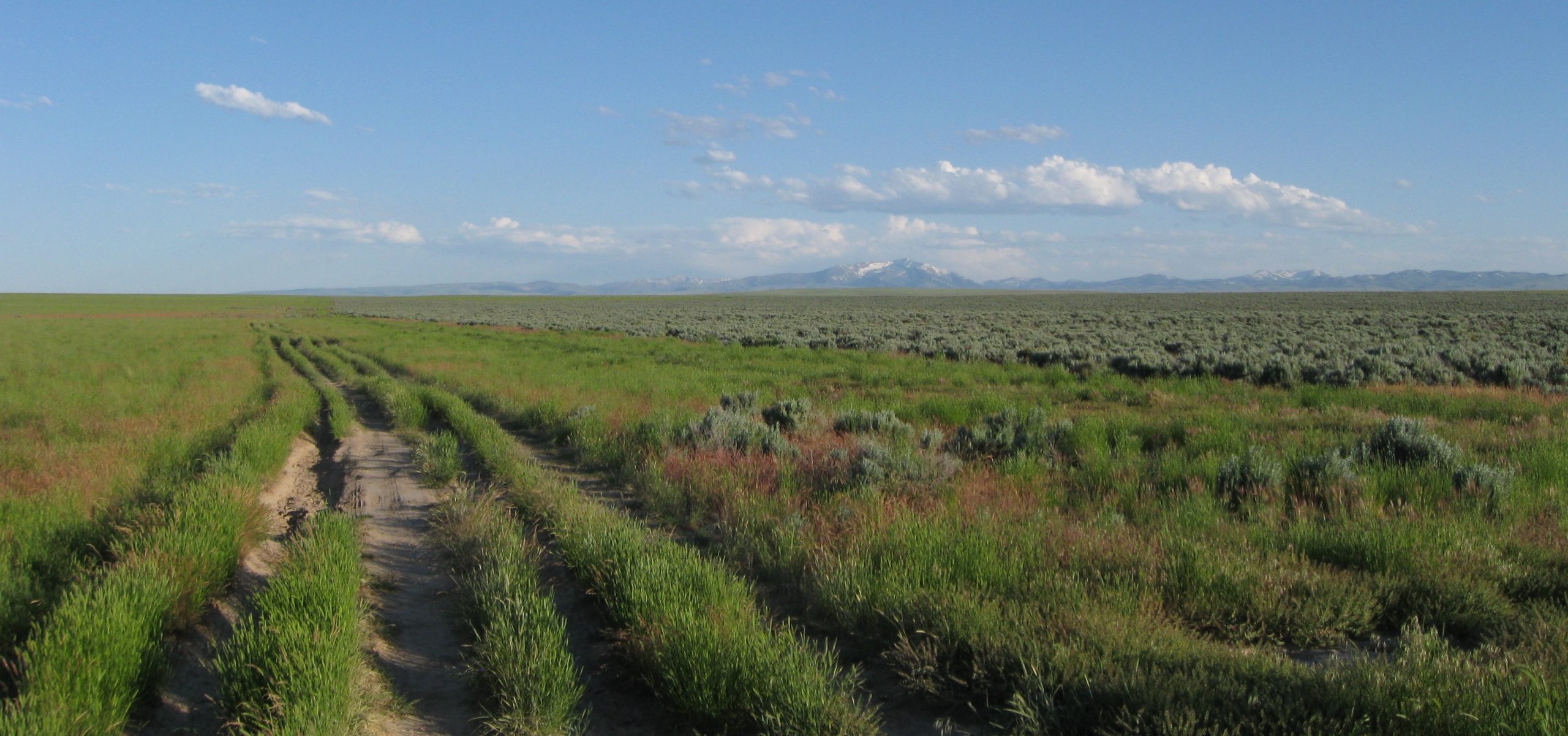
Wildfire is the predominant cause of habitat loss in the Great Basin. Reseeding burned land to stabilize soils has not restored sagebrush habitat for the endangered greater sage grouse, according to a report in the journal Ecosphere. The US Fish and Wildlife Service is considering protecting the grouse under the Endangered Species act, which could affect the management of 250,000 square miles of land in the western US.